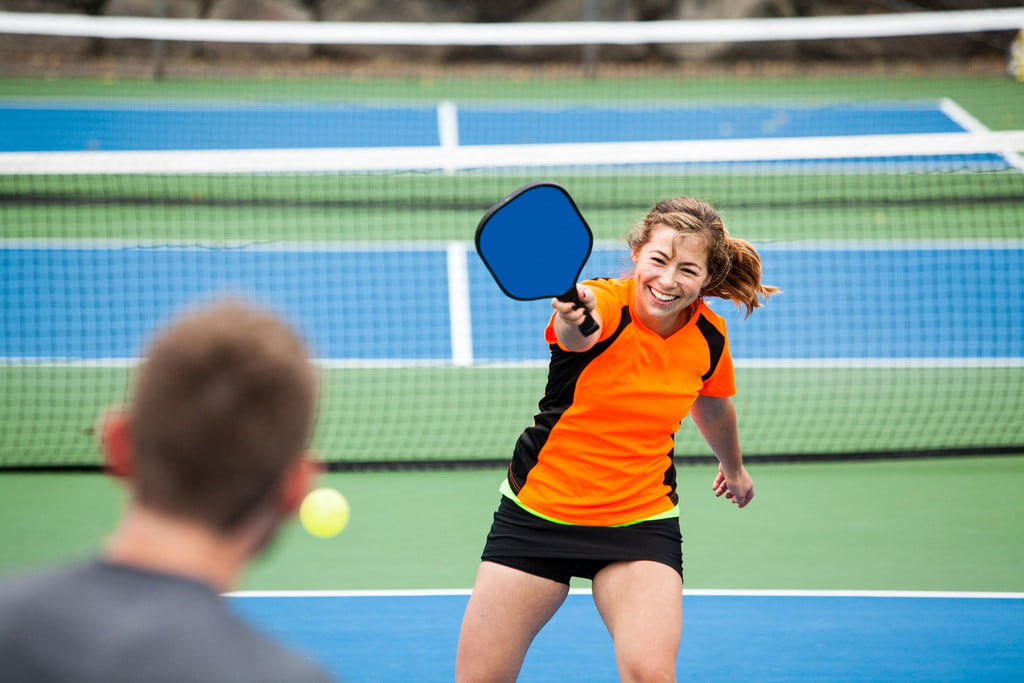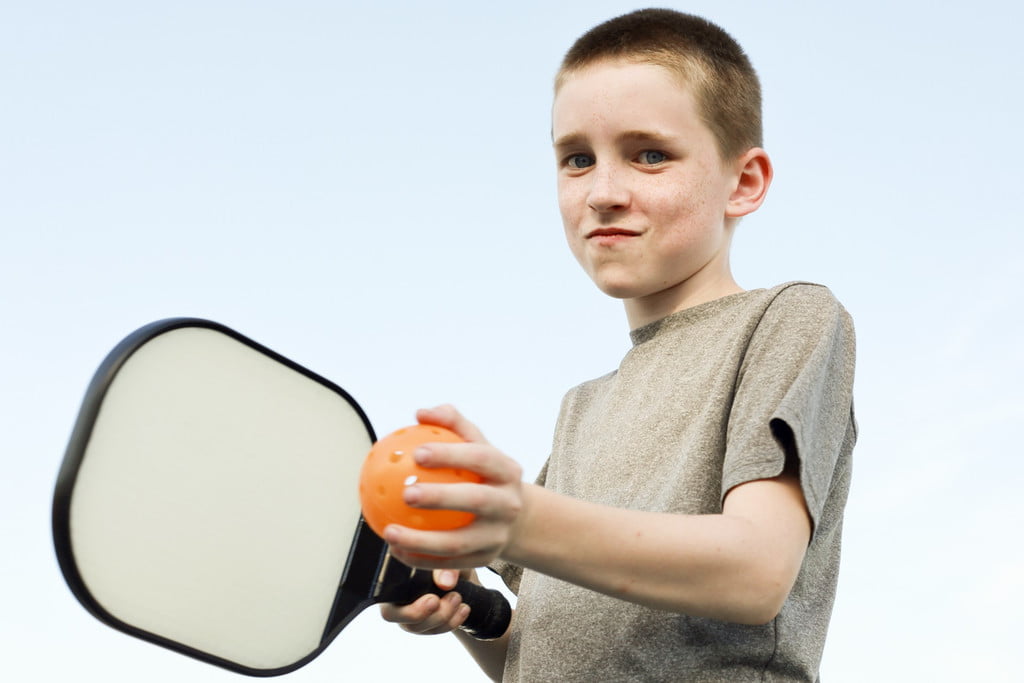One of the tips to staying healthy involves incorporating activities or games that are fun and lighthearted enough so that it’s never a chore. That’s why you might want to try pickleball. Originating in the 1960s, pickleball started as a lighthearted backyard sport and steadily evolved to a much larger phenomenon. Combining elements of tennis, Ping-Pong, and badminton, this game can be enjoyed in groups of two or four. Rumor has it that pickleball’s name originated from the creator’s dog. But Joel Pritchard, the sport’s early pioneer, has said it got its name because it reminded him of a “pickle boat,” a term used in rowing for designated teams.
Pickleball rules mirror other racquet sports with some alterations. If you are interested in learning to play, there are nets and pieces you can easily purchase and set up in your own yard. Though it started small, pickleball is now a global activity that will likely be enjoyed for decades to come.
What are the elements of the game?

Similar to tennis, there is a net dividing a court in half. Each side of the court is divided into three sections. The non-volley zone takes up 7 feet on either side of the net, and directly beyond it are a right and left service court. Each player holds a paddle, usually crafted with wood or other synthetics. The paddles are more similar to Ping-Pong paddles than tennis racquets. The balls are a polymer material and have 26-40 perforations all around.
Game play occurs either one-on-one or two-on-two. The court itself is about the same size as a badminton court with dimensions of about 20 by 44 feet. The court is also striped much like a badminton court. Strategically, each player mirrors their opponent to continue the volley as long as possible and attempt to initiate faults.
How does the game work?
Once you are practiced, each match is quite fast paced. Fortunately, pickleball rules are fairly straightforward. Each round starts with a serve. The server stands at the baseline at the very back of the court and sends the ball over the net with an underhand stroke. The serve is aimed diagonally to the opponent’s service court. Then, the teams volley. Only the serving side can score a point. The round comes to an end when a fault is committed.
Faults can occur a number of ways. Not hitting the ball beyond the net, or hitting the ball out of bounds count as faults. If you don’t hit the serve into the other team’s diagonal service court or fail to hit the ball before the second bounce on the other side of the net, those are also faults.
The first team to reach 11 points is declared the winner as long as they are leading by at least two points. If the game is tied 10 to 10, the game is continued until one team holds a lead of two points, winning the game.
Are there different variations?

As with many sports, pickleball is subject to evolutions and differing styles of play. One incredible adaptation of the game shows marvelous inclusion of those with different capabilities. Para-
Though most of the methods of play are largely the same, those playing in wheelchairs understand that the wheelchair itself qualifies as part of the player’s body. There are two bounces permitted between volleys instead of one, although a player serving in a wheelchair must be stationary. Integrated games can be played with both standing and seated players, although each party must comply with the parameters assigned to seated and standing positions.
Whether it is played competitively, locally, or as a fun backyard pastime, pickleball is here to stay.


